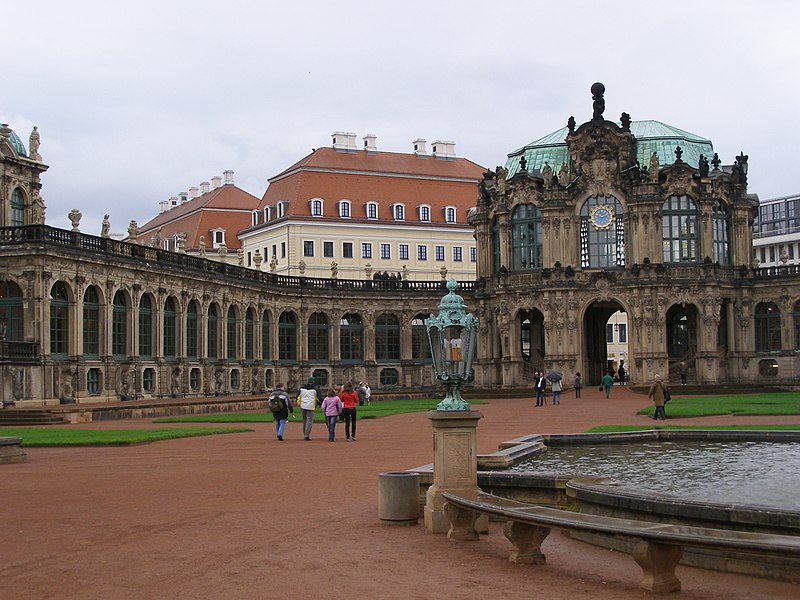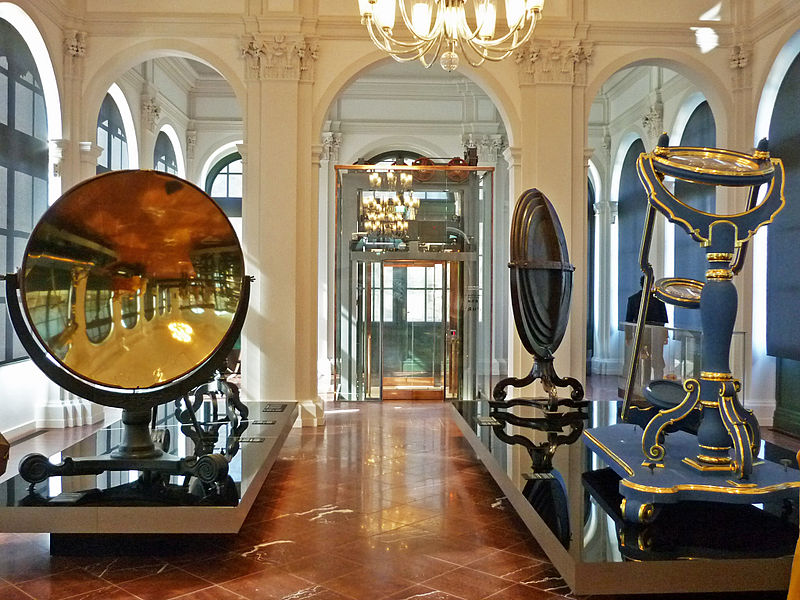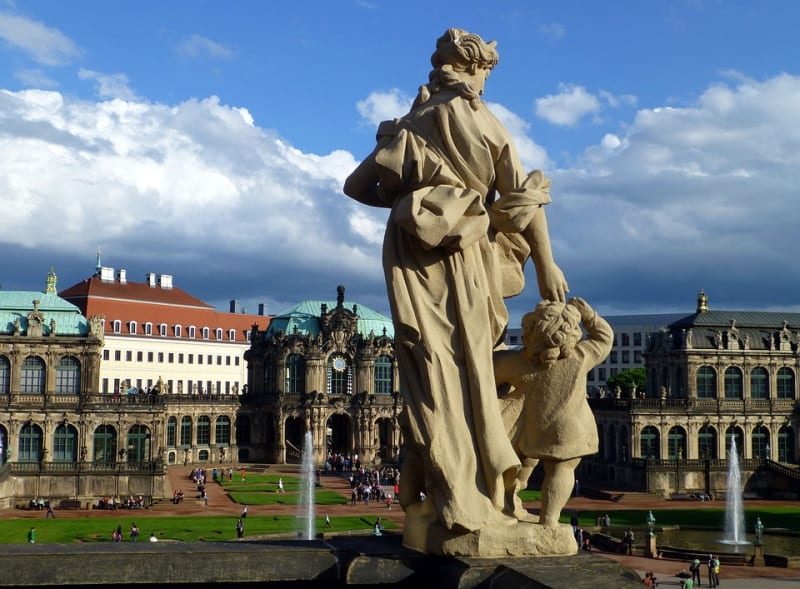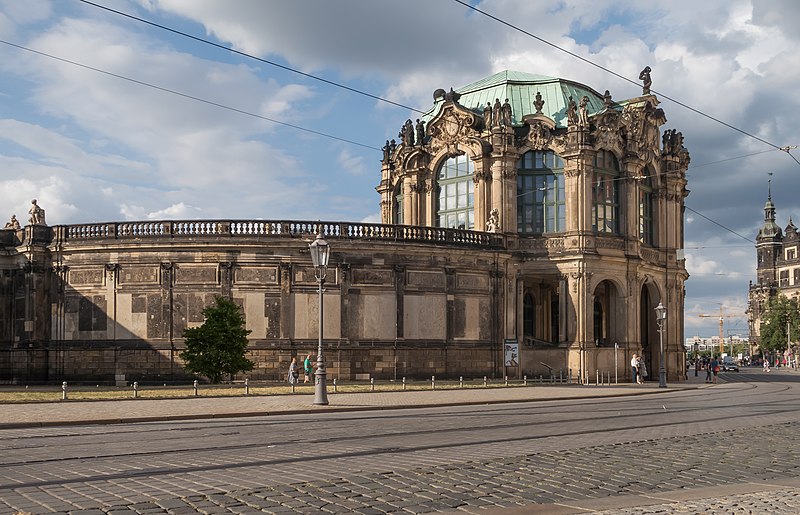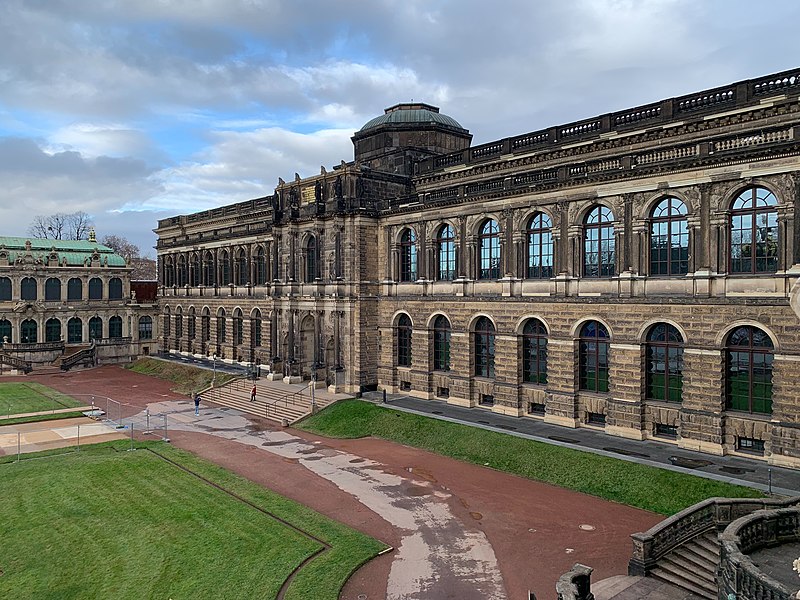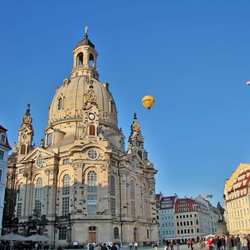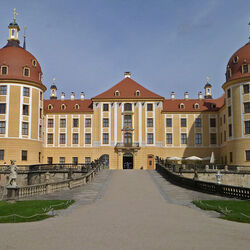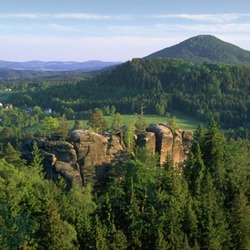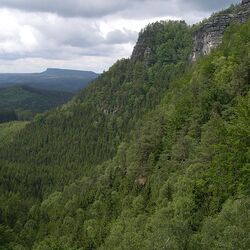Zwinger
Zwinger is one of those historical sites that is so organically integrated into the city that it is almost impossible to imagine Dresden without it. Yes, it is also a very popular tourist destination, but people who live and work in Dresden do not perceive Zwinger as a place for visitors only. For them, it's a commuter road, a meeting place for lunch, a place where you can slip away with a date for a midnight kiss, and even just a great place to jog.
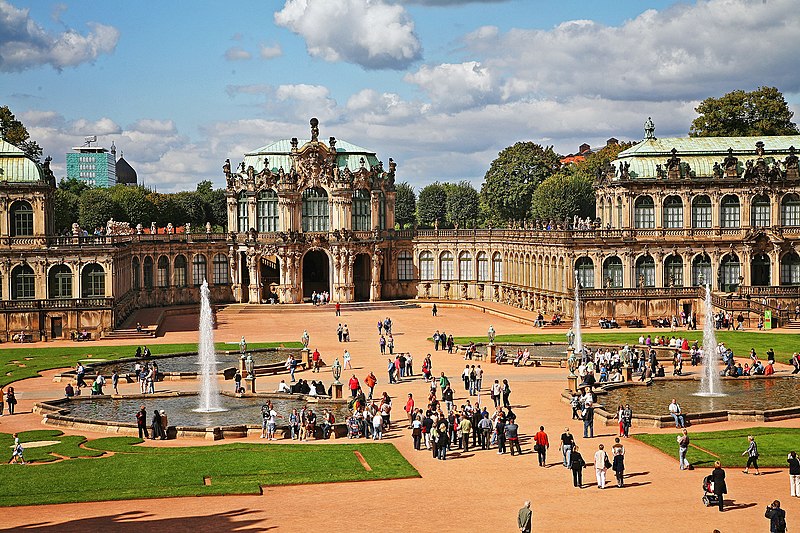
The history of Zwinger
To this day, the Zwinger is one of the most incredible Baroque buildings in Germany. It was built for Augustus II the Strong. After returning from a grand tour of France and Italy in 1687, he explored the new court of Versailles of King Louis XIV and sought to create a similarly elaborate palace for himself in his hometown of Dresden.
The word "Zwinger" comes from the medieval German term "fortress wall protecting a city." Archaeologists have discovered that in the 12th century the fortress walls of the city were located in this place. But since these fortifications were no longer needed, Augustus demolished them in the 16th century to make way for a new palace.

Augustus planned to build six large pavilions connected by galleries that surrounded a large courtyard. He called it a large festival space, "the ceiling of which is the sky." The courtyard consisted of several gardens and a greenhouse. It would be the site of any grand celebration held by the royal family. Some of the pavilions surrounding the courtyard were designed to house many of Augustus' royal collections of antiquities and art.
Zwinger was never conceived as a residence that was supposed to appear later, on the other side, closer to the Elbe. But August died before he could oversee this construction, and this piece of land remained empty until the Semper House was built in its place in 1841.
The Zwinger Garden
Since the gardens were supposed to be used mainly for parties, it's no surprise that you'll find statues or symbols of Bacchus everywhere. Bacchus is the Roman god of agriculture and wine. His followers are happy satyr parties, which you will also find on the roofs and balconies of Zwinger.
In the Zwinger you will find a multitude of ornate and bizarre figures, countless decorative details spilling over every inch of the building, and sculptures created by Balthazar Permozer and his assistant Paul Herman.
